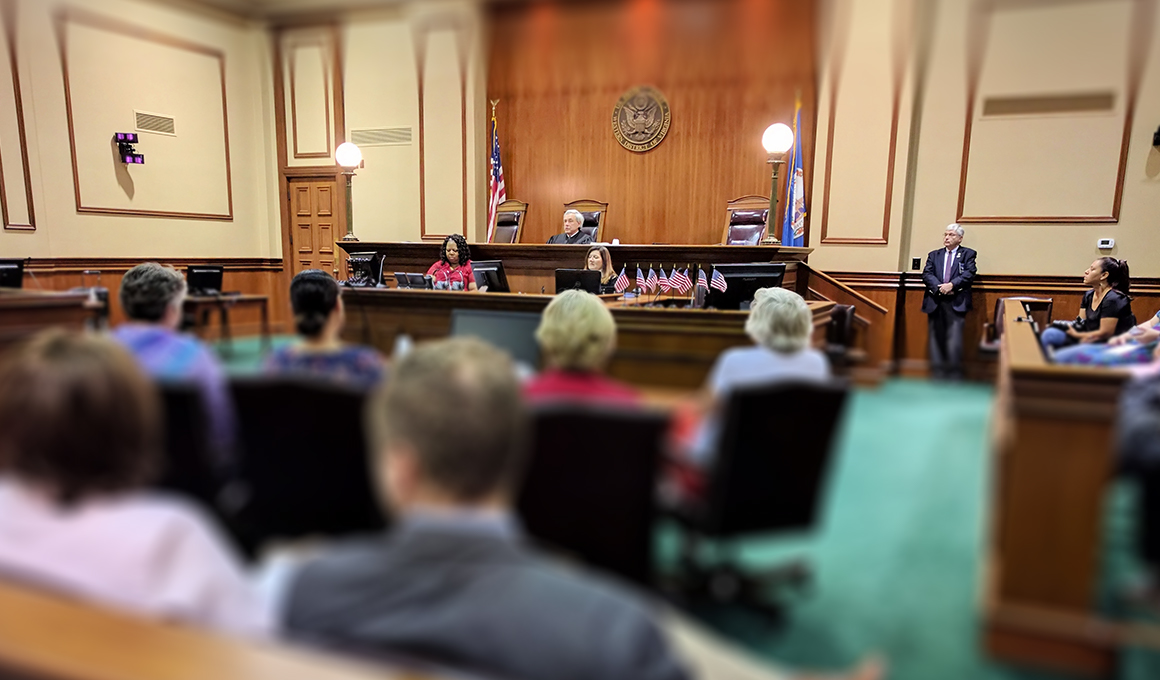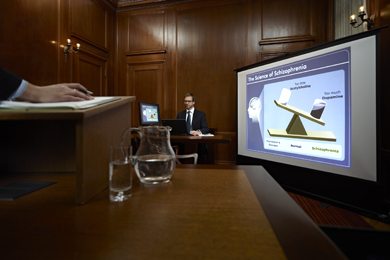Trial Presentation Improving Legal Cases with Effective Evidence Support
Trial Presentation Improving Legal Cases with Effective Evidence Support
Blog Article
Captivate the Jury: Important Elements of a Powerful Trial Presentation
Important elements such as recognizing the target market, crafting a compelling story, and grasping verbal and non-verbal interaction are essential elements of an effective discussion. As these aspects link, they form a cohesive method that not just educates yet also engages jurors on several levels.

Recognizing Your Target Market
Comprehending your audience is a pivotal facet of effective trial discussion. A successful presentation depends upon the ability to grasp the demographics, worths, and predispositions of jurors. This understanding informs just how disagreements are framed, evidence is offered, and sob stories are crafted, guaranteeing that the message resonates with the jurors on an individual degree.
Study shows that jurors come from diverse backgrounds and might have differing degrees of recognizing regarding lawful proceedings (trial presentation). Therefore, it is essential to avoid lawful lingo that might alienate or confuse them. Instead, using clear, relatable language cultivates involvement and understanding. Furthermore, recognizing the jurors' possible biases and life experiences enables the trial speaker to expect arguments and address worries proactively.
Efficient test discussion likewise entails observing jurors' reactions throughout the process. Being attuned to non-verbal hints can provide insight right into their engagement and receptivity, allowing for real-time adjustments in method. Inevitably, an extensive understanding of the target market not only boosts communication yet likewise develops rapport, raising the probability of a desirable result. Engaging with jurors as individuals instead of a cumulative system is essential in fostering a strong link in the courtroom.

Crafting a Compelling Story
Crafting a compelling story is vital in assisting jurors via the intricacies of a situation. A well-structured story not just simplifies intricate lawful ideas however likewise engages jurors on an emotional level, making the information extra relatable and unforgettable.
To attain this, lawyers need to start by recognizing the core message they wish to share. This message should reverberate with the jurors' values and experiences, cultivating a link that transcends mere facts. The narrative ought to unravel rationally, offering occasions in a clear sequence to stay clear of confusion. This sequential strategy can assist jurors follow the progression of events, highlighting reason and effect.
Incorporating human components-- such as personal stories or narratives-- can even more enhance the story's effect. These elements evoke empathy, enabling jurors to picture the repercussions of the situation on the real worlds. Furthermore, utilizing a constant style throughout the discussion reinforces the primary argument, making it much easier for jurors to retain vital points.
Eventually, an engaging narrative changes a test discussion from a mere address of facts right into an influential tale that captivates the jury, motivating them to deliberate with both factor and emotion.
Utilizing Visual Help
Including aesthetic help into a test presentation can substantially enhance jurors' understanding and retention of info. Aesthetic products such as graphes, representations, pictures, and videos can transform complex check my reference lawful ideas and evidence right into quickly digestible layouts. By engaging numerous detects, these help permit jurors to imagine the situation's crucial elements, making it easier for them to comply with along and understand intricate details.
Additionally, properly designed aesthetic help can highlight crucial points and emphasize connections in between various items of proof. For circumstances, timelines can effectively illustrate the series of events, while annotated images can clarify particular information relevant to the instance. This not just help in understanding however additionally enhances the story presented by the lawyer.
Overly complex or chaotic visuals might overwhelm jurors and take away from the message. Inevitably, reliable visual interaction can be an effective tool in persuading jurors and helping them reach informed final thoughts.
Grasping Verbal Interaction
Reliable spoken communication is crucial in a trial presentation, as it serves as the main methods with which attorneys convey their debates and attach with jurors. Simpleness in language promotes understanding and helps jurors comprehend intricate concerns offered throughout the trial.
Moreover, tone and pacing significantly effect click site exactly how messages are gotten. A certain tone shares authority, while proper pacing permits jurors to soak up information without really feeling bewildered. Lawyers must likewise differ their singing inflections to highlight bottom lines and preserve jurors' passion throughout the presentation.
Additionally, the organization of spoken debates is vital. Structuring the narrative practically and Get More Info coherently assists jurors comply with the attorney's logic, making it easier for them to preserve crucial information. Utilizing persuasive methods, such as storytelling, can also enhance the emotional resonance of the debates provided, thus developing a much more extensive connection with jurors.
Eventually, mastering verbal communication not only reinforces an attorney's instance but also cultivates trust and rapport with the jury, dramatically boosting the chances of a favorable judgment.

Engaging With Body Movement
Nonverbal communication plays a vital function in trial presentations, typically communicating messages that words alone can not share. Body movement, incorporating motions, posture, face expressions, and eye contact, substantially influences exactly how jurors perceive the integrity and sincerity of the speaker. A positive position, with shoulders back and an open posture, can instill trust fund, while closed-off body movement might suggest defensiveness or unpredictability.

Face expressions must reflect the feelings associated with the case, strengthening the narrative existing. A genuine expression throughout a touching moment can elicit compassion and enhance the psychological appeal. Eventually, mastering body language is necessary for reliable trial presentations, as it boosts verbal interaction and establishes a compelling visibility that reverberates with the jury.
Final Thought
In conclusion, astounding the jury requires a critical strategy that includes understanding the target market, crafting an engaging narrative, using visual aids, mastering spoken communication, and engaging via body language. Each component plays an important duty in developing an effective test presentation that reverberates with jurors on both emotional and intellectual degrees (trial presentation). By incorporating these elements effectively, lawful experts can substantially boost their capacity to encourage and affect court decision-making
Report this page